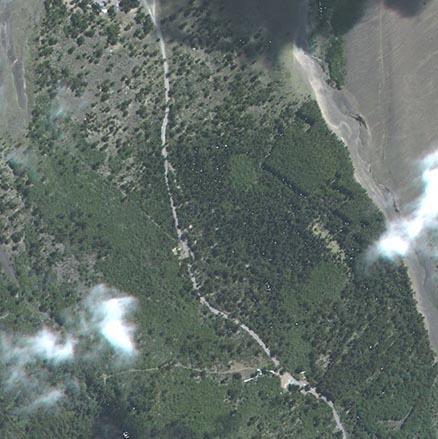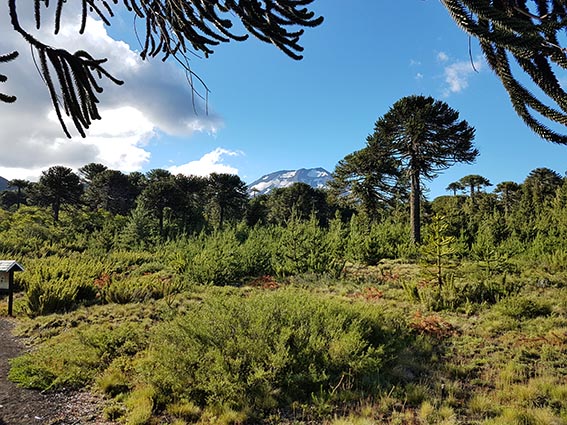
Productive forestry is a highly successful economic sector in Chile, having played a key role in its rapid economic growth. Nowadays, forestry products are the second most important export of the country, after copper mineral products. This industry is predominantly based on intensive silviculture of alien species from the Pinaceae family and the Eucalyptus genus. The high profitability of intensive silviculture together with an encouraging government policy have triggered large scale conversion of native forest to alien forestry plantations over the last decades.
The Valdivian temperate forest of south-central Chile only occurs along a slim strip of land between the Andes and the Pacific Ocean and it is considered a global biodiversity hotspot. However, it is endangered by deforestation and alien species introduction as a result of intensive productive forestry. Large areas of native forest are already severely fragmented and degraded, being vulnerable to alien species invasion. More isolated forested areas at high altitudes or within National Parks and Reserves are still relatively pristine and still retain Araucaria araucana (monkey puzzle) forests. A. araucana is an endemic and culturally relevant tree that might be at risk due to alien tree invasion.

In this talk, we will explore the possibilities of satellite remote sensing and landscape assessment to map and model alien tree presence within a matrix of native forest over extensive areas. We will also discuss possible ways of improving forest conservation and productive forestry sustainability with the aim of making conservation and productive forest management compatible.
Pilar’s webinar was held on Tuesday 23rd November 2021: https://sites.edgehill.ac.uk/sustainnet/files/2021/11/Aliens-in-the-Chilean-forest.pdf



